9 mindful ways to declutter your home - turn a stressful chore into a calming, reflective ritual
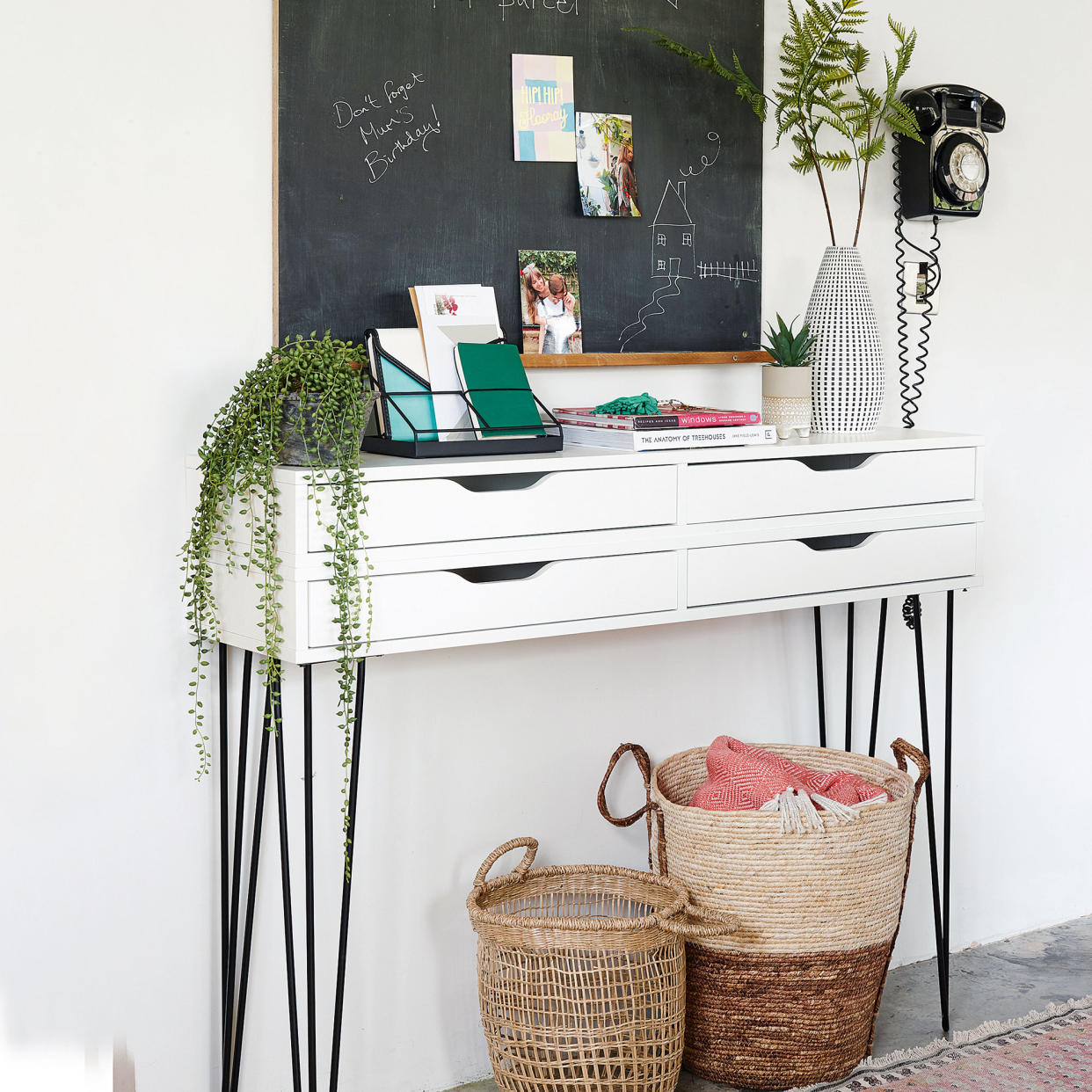
If you think clutter adds character, you’re not wrong, but it can have a negative effect on your mental health. Adopting a mindful approach to decluttering will help turn this overwhelming task into a self-care ritual.
Tackling the overflow of 'stuff' in your home with a decluttering checklist is a great starting point, but adopting a mindful and intentional mindset is what will help you let a lot of the clutter go. Kate Greenslade, a mindfulness coach, says, ‘It’s one thing to want a minimal and tidy, uncluttered home, it’s another thing to feel emotionally able to create it.
'Because our feelings influence our behaviour, emotions can get in the way of having a “good clear out”. It might feel uncomfortable to throw away things we’ve had around us for years.’
Tamara Judge, a positive psychology consultant and coach, explains, ‘Decluttering can be an emotional and mental rollercoaster: guilt for getting rid of gifts, heirlooms, or children's artwork; pride for finally taking action; overwhelm from the size of the task; freedom and satisfaction when it is going well.'
Mindful ways to declutter your home
Start by getting into the right headspace: ‘Mindfulness is the art of being present,’ says Tamara Judge. ‘It involves observing your thoughts, emotions, and bodily sensations with a compassionate, non-judgmental stance, whether they are positive, neutral or negative.

'Mindfulness isn't about avoiding discomfort; it's about navigating it with grace. As you practise being present with your sensations, you develop the resilience to face pain and challenges head-on and by acknowledging your thoughts without criticism, you can gently steer your mind towards positivity.’
Once you’re in the right state of mind, start with these strategies recommended by our experts…
1. Focus on one type of item
This method is great if you’re a ‘collector’ looking to declutter, so if you have a weak spot for shoes, books or TikTok-trending beauty products, this is how to edit your hoard.
Lifestyle coach Jessica Barclay reveals, ‘I did this recently with someone who had a lot of shirts. If you get all of them together, it’s a better way of assessing which are favourites, which are regularly used and if you have any duplicates.
'Being able to understand what the collection looks like together also helps you to process how much of your space these things are taking up. It helps you be more mindful of what you want to let go of and whether the items or the space is of more value to you.’
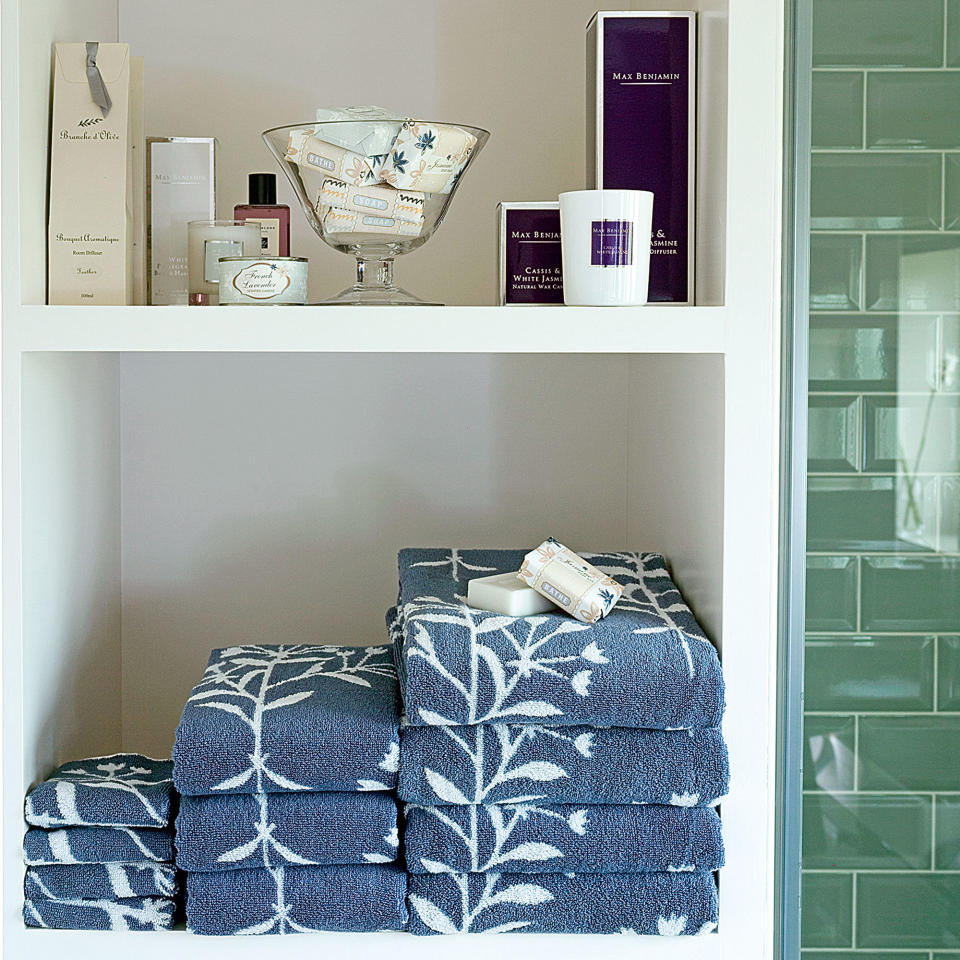
2. Pick the best, ditch the rest
It’s one thing slimming down a stockpile, but another getting rid of things that have emotional significance. Jessica Barclay says, ‘Kids’ artwork is a good example. In my house, we designate a space to display it and once that’s full, we select one or two pieces to be stored in an envelope. My daughter has one for each school year. We take photos of the rest and let them go.
‘This also ties in with the idea of not saving things for best, like the best china or dresses for special occasions and then hardly ever using them. Why spend the majority of your life using things that are your “least” and not your “best”?
'By favouring the best things it’s going to help us live in an environment that’s more in line with who we are and how we want to show up in the world, happier surrounded by the best things in our lives.’
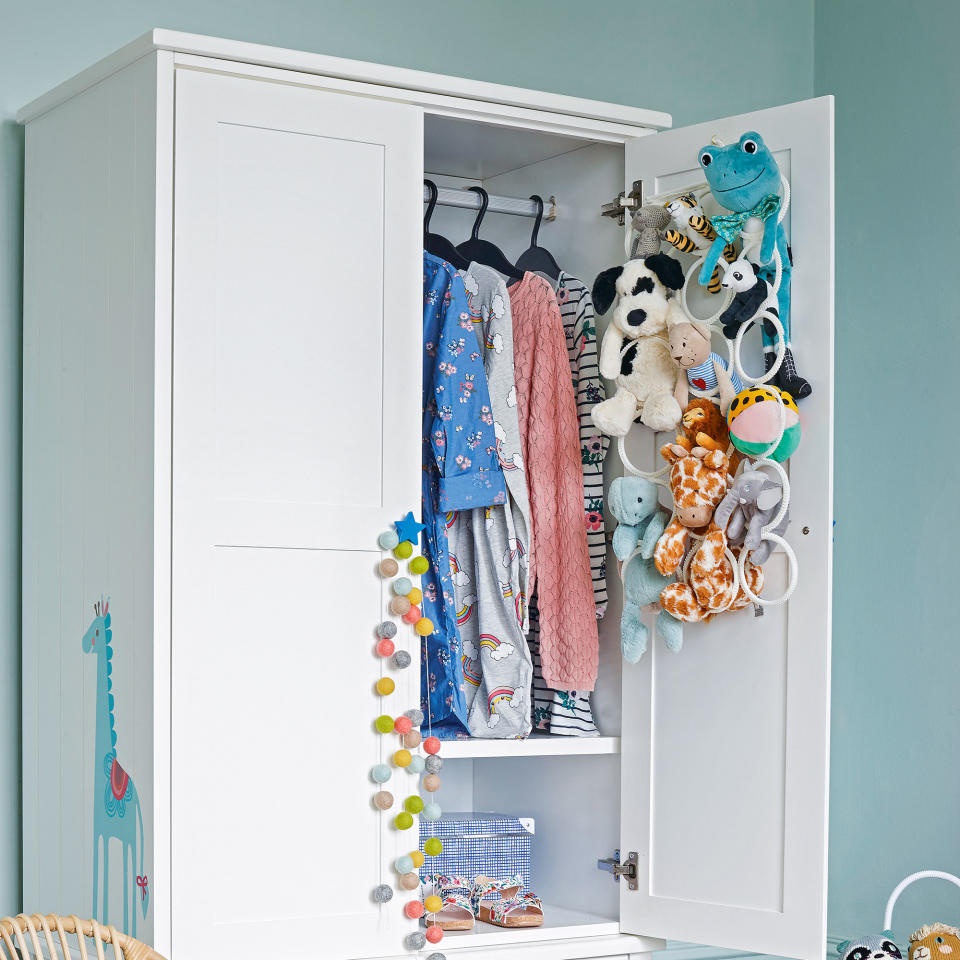
3. Do it one drawer at a time
Zoom in on one small area and enjoy the instant gratification of creating order from chaos on a small scale – even if it’s just the junk drawer. Jessica Barclay advises, ‘This is good for the novice declutterer. You can practise without the overwhelm of a massive space or a massive category of items.
'If you empty out one drawer it doesn’t create a huge mess, so you won’t burn out from decision fatigue halfway through. You also get to see and feel the benefits of having that one space done, get through it quickly and reap the rewards, which will make you want to work on the next chunk.’
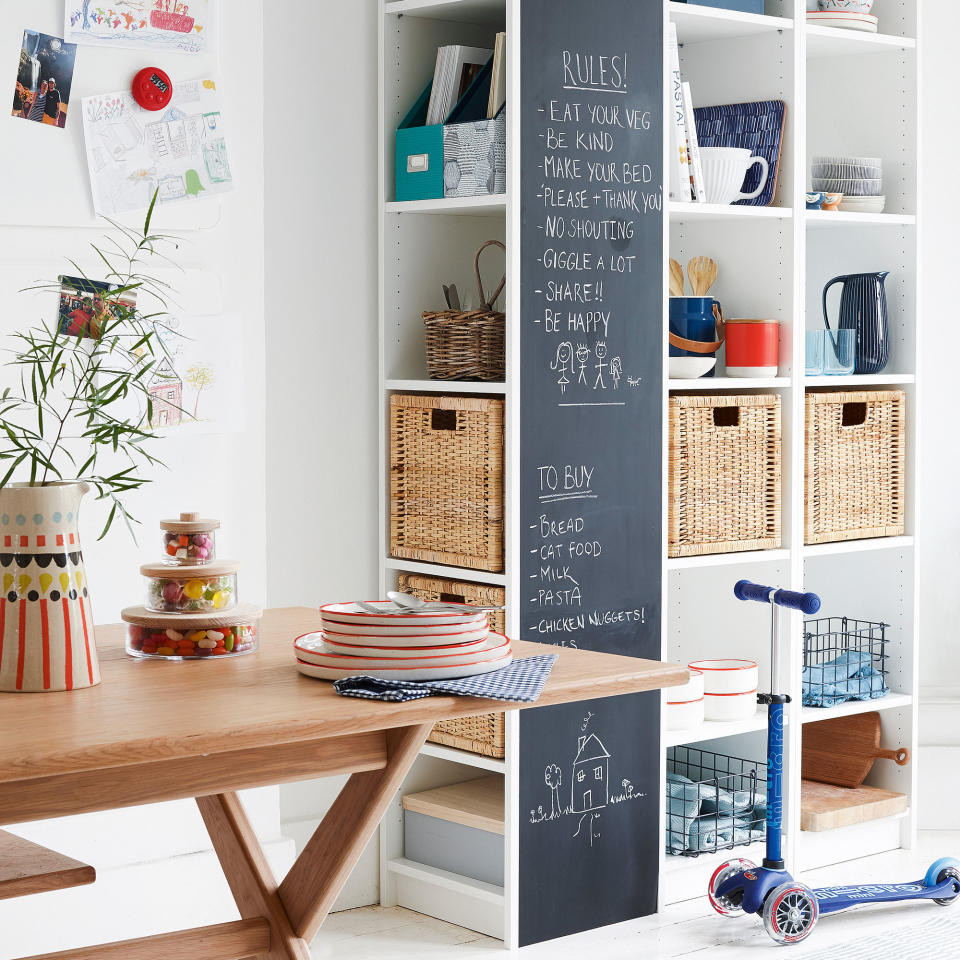
4. Banish what gets you down
This one is pure Marie Kondo: walk around the house and seek out the items that do not ‘spark joy’. We’ve all got them – gifts we’re keeping out of politeness, branded mugs (because we love a freebie), horrible heirlooms or items with negative memories attached.
Jessica Barclay comments, ‘Life’s too short to be surrounded by things you don’t love. I want to have the things that are most fit for purpose, bring me the most joy. If someone gives you a gift that you don’t like, the purpose of the gift was to give you something. If they’re offended by you not wanting to keep something you don’t like, then I’d question the relationship. The gift has served its purpose and now it can be used for something else.
‘With heirlooms, it’s not that they should all go but just keep ones you actually love and have positive connections with, not because you feel obliged to pass them through the family.’
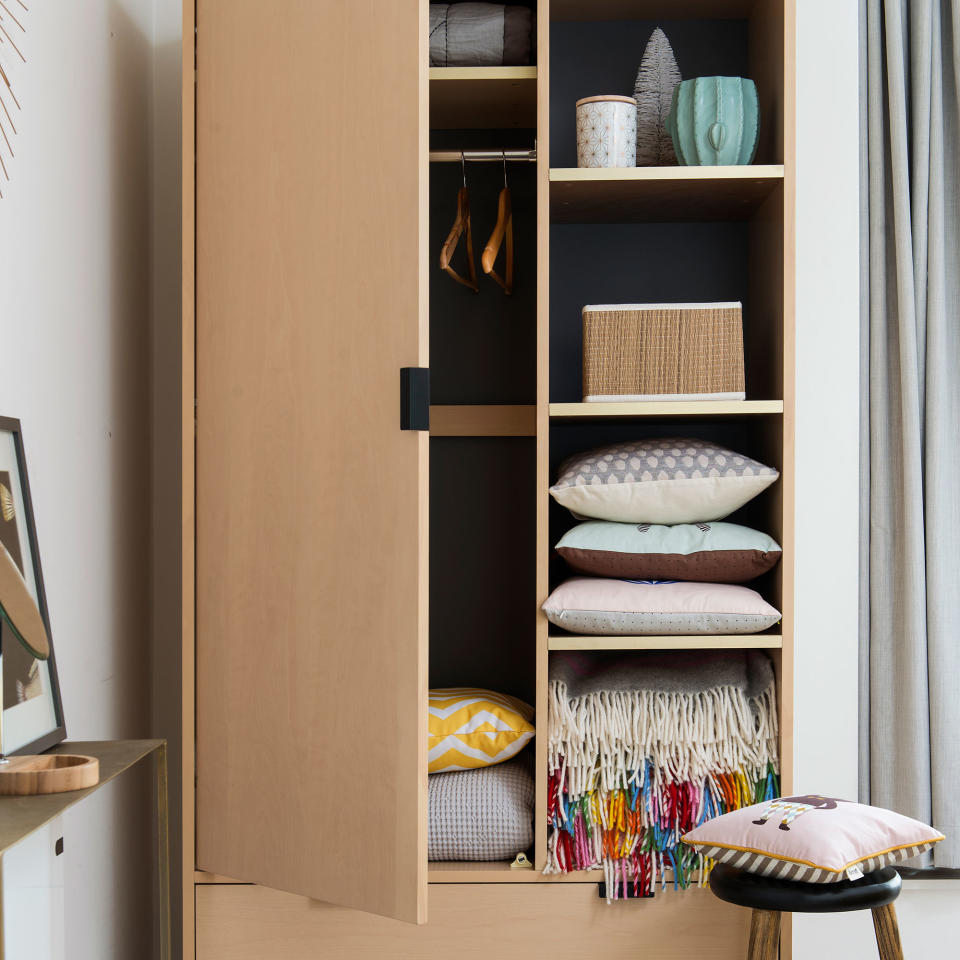
5. Go litter picking
Set aside 15 minutes a week to tour the house with a bin bag gathering anything that’s served its purpose. Junk mail, expired food, broken toys, shoes and clothes that can’t be repaired, then sort it for landfill or recycling. The kids can be put to good use if you sell it as a ‘scavenger hunt’ with a prize for the winner.
This is low-stakes decluttering: mindfulness coach Kate Greenslade says, ‘Our home is a reflection of us, so making significant changes can trigger stress. It can feel that we’re changing ourselves, our identity, which can be disconcerting. Going through this clear-out or cleaning of our home is actually a mindful practice and it has many benefits, including reducing stress and anxiety.’
6. Have a one-item-once-a-week ‘ritual’
Choose one thing to donate and put it in a box ready for the charity shop. Tamara Judge, a positive psychology consultant and coach recommends this as, ‘a great habit to get into to reduce the mental load your environment puts on you.
‘Choose a good time without distractions, especially if you’re going through items that have an emotional connection. Watch out for “thought traps” (reasons not to get rid of items). If you notice yourself falling into one, gently steer yourself back to the present moment by engaging your senses – what you can see, feel, smell, hear and taste, and just let the thought or feeling drift by without engaging with it.’
If you’re ready to up the ante, escalating this method to the one-a-day decluttering challenge could be the next step.
7. Have a ‘sleep on it’ box
If you struggle to let go of items, or can’t decide if you need them or not, put those things in a box or crate. Set an alert on your phone for six months’ time. When that time comes, if you haven’t used, missed or thought about those things, you can safely get rid of them.
Tamara Judge explains, ‘This decluttering method is great because it can give you time to reflect on specific items and work through any thoughts and feelings that you can’t let go of in the moment.’
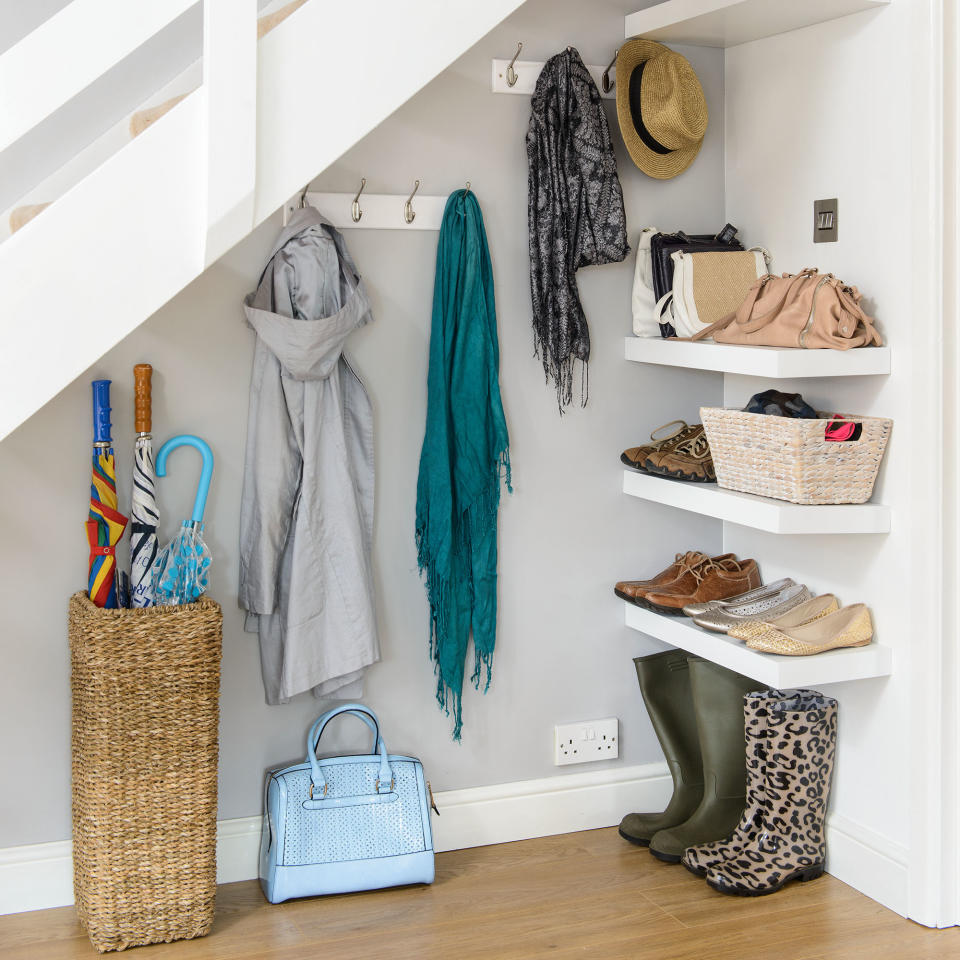
8. Plan a slow room do-over
Prioritise one room. Break down the task into bitesize chunks – either by category of items or by each piece of storage furniture (bookcase, cupboard, chest…) – and enjoy the journey, whether you do one chunk per day, week or month. Tamara Judge says, ‘This is helpful because there isn’t the time pressure, but it could drag out and lead to increased stress if it takes too long.
‘As a coach, I would suggest setting a clear goal for how you will know you have finished, when you will do it, and how you will stay motivated if it takes longer than expected.’
FAQS
What is the benefit of decluttering mindfully?
Mindfulness coach Kate Greenslade says, ‘Being mindful not only makes decluttering more achievable but it lowers stress (studies by Saxbe and Repetti in 2010 revealed a correlation between cluttered homes and elevated stress hormones) and deepens the connection with our living environment, making us feel more appreciative of our home. Over time we stop seeing the clutter and dust around us, so this technique helps to refresh our view and make choices based on this renewed viewpoint.’
How can decluttering be ‘mindful’?
Kate Ibbotson, psychotherapist and professional organiser at A Tidy Mind, says, ‘Decluttering can help you practise mindfulness because there is an inherent connection between the two. They fit together like jigsaw pieces. As you reduce the number of possessions in your home, you become less distracted by the thoughts they trigger.
'You have more time to appreciate the present moment, which gives you more choice about how you live this precious, fleeting life.’


